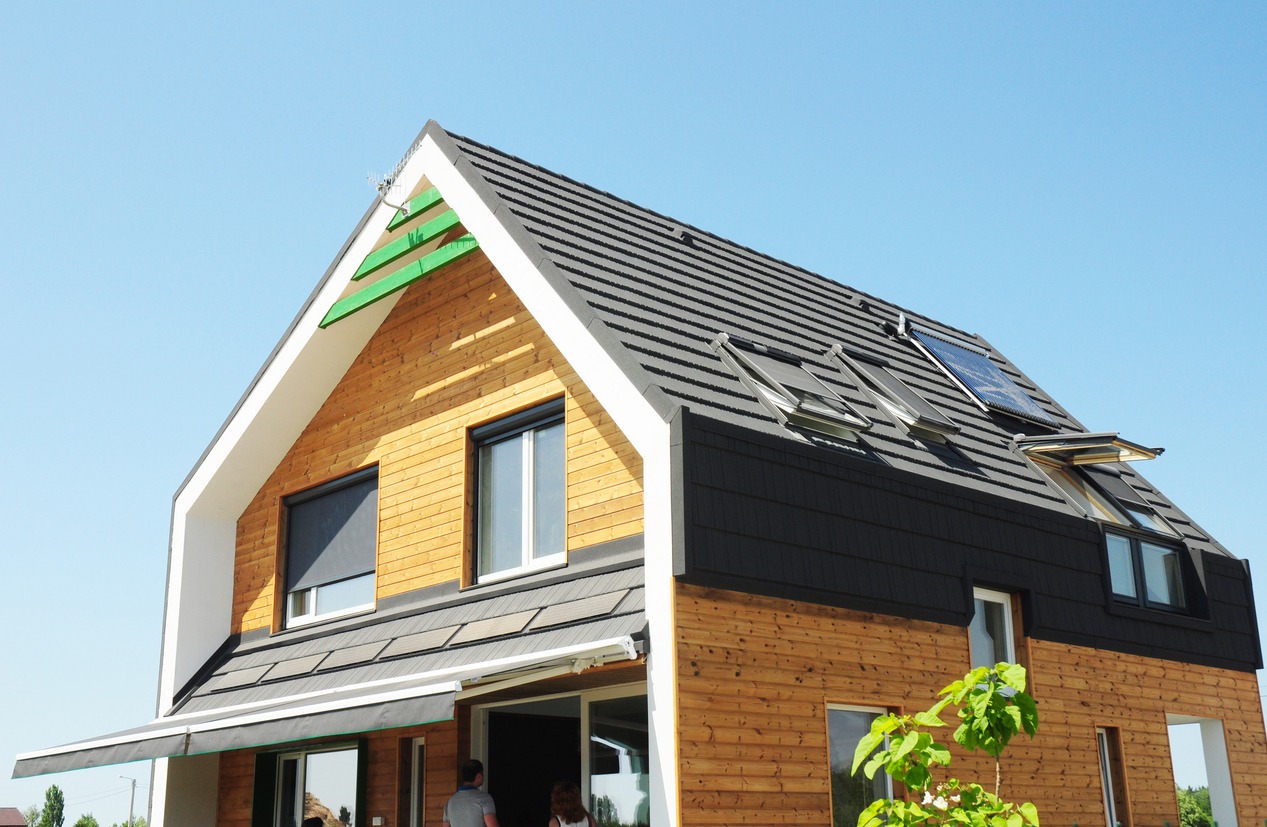Sustainability is at the forefront of consumer’s minds. According to data gathered by PWC, 80% of consumers are willing to pay more for a sustainable product. This strong consumer sentiment has generated a boom in green technology in recent years. From seaweed-based packaging to micro-grids, tech firms around the world are investing in sustainable tech and producing a catalog of eco-friendly products designed to reduce emissions and minimize environmental harm.
Many of these innovations are designed to work with existing technology and tools. This means the latest tech doesn’t disrupt existing systems. It can also be adopted easily by consumers and businesses alike. This is groundbreaking, as profit-oriented industries, like construction and textiles, are more likely to embrace tech that doesn’t disrupt their production lines.
Electric Roads
The meteoric rise of electric vehicles (EVs) proves consumers are willing to pay more for eco-friendly products intended to reduce their carbon footprint. However, charging EVs has proved to be a headache — particularly in the trucking industry, where drivers can’t spend hours waiting for their vehicles to recharge.
Innovative under-road charging is set to change that paradigm. Organizations, like the Michigan Department of Transportation and Electreon, are partnering to provide more EV-charging roadways which will work much like wireless chargers. If successful, modern tech can transform the trucking industry and make our supply chains more energy efficient.
Sustainable Temperature Control
According to the Center for Climate and Energy Solutions, 6% of all US electricity is used for heating and cooling our homes. This figure represents a total cost of $73 billion annually and a production of 441 million tonnes of CO2. However, recent innovations in climate change-resistant construction are set to significantly reduce HVAC-related emissions. Innovative heating/cooling tech includes:
- Trombe Walls: Brick, stone or concrete walls are constructed behind a large glass panel. The masonry heats up during the day when the sun is up and retains heat for longer without requiring the use of forced air.
- Green Roofs: Drainage layers are added to reinforced roofs to ensure plant life can grow happily without fear of undermining the structural integrity of the building. Native plants are usually used, which reduces water requirements.
- Solar Terra Cotta: Tiles are coated with a polymer to encourage the flow of sunlight towards photovoltaic cells inside each tile. These tiles look great and are resistant to fluctuations in temperature.
- Passive Solar Projects: Passive solar has been around for centuries. However, recent innovations maximize passive solar’s potential by strategically placing windows and walls in places to capture heat during the winter, while naturally releasing trapped heat in the summer.
These innovations are rooted in traditional temperature control systems and greatly enhance the energy efficiency of any home. Innovations, like green roofs, can also increase biodiversity in the area by providing pollinators with productive habitats.
Carbon Capture
Reducing emissions is crucial for our efforts to combat climate change. However, it’s unlikely the world will pivot away from non-renewables entirely. That’s why carbon capture technology is so important.
Innovative solutions, like Carbfix, assist global efforts to cut down on carbon emissions by dissolving emissions in water. This mixture is then injected into basalt rock formations underground. Sites like Project Orca in Iceland have already demonstrated the effectiveness of the technology and currently capture 4,000 tonnes of CO2 every year.
Greywater Recycling
Treating and disposing of wastewater effectively is a priority in drought-affected areas, like the Western USA and Australia. This is why innovations, like greywater recycling and water harvesting, are so important. Greywater recycling works by taking non-potable water, used in showers and washing machines, and using it for alternative purposes, like toilet flushing or gardening. This reduces the strain on freshwater reserves and minimizes the risk of hosepipe bans.
Similarly, rainwater harvesting technology can be installed in homes to increase the availability of non-potable water. Homes featuring rainwater harvesting technology — like runoff collection and underground cisterns — could be considered more valuable, as they’re more climate resilient in the face of drought.
Greenwashing and Innovation
Innovations, like greywater recycling and electric roads, have a clear purpose. However, the value of some eco-friendly innovations is sometimes less clear. For example, the Publicis Groupe in Amsterdam has recently created the first shoe made from recycled chewing gum. Similarly, Ghent University has unveiled designs for probiotic clothing intended to cover up the smell of sweat without the use of deodorant.
As climate-conscious citizens, it’s tempting to label these innovations as “greenwashing”. After all, the issues we face largely stem from a lack of international cooperation and rising demands for heat and electricity.
However, lambasting innovations, like recycled shoes, does not aid efforts to combat climate change. While the public should be aware of greenwashing campaigns, unfairly criticizing emergent tech will only dissuade folks from exploring innovative solutions. This is a serious misstep, as the cutting-edge tech that will eventually cut down on carbon emissions will likely be discovered through a non-linear process of trial and error.
Conclusion
Modern technology, like electric roads and carbon capture, will empower efforts to pivot towards a more sustainable, eco-friendly way of life. Even simple changes — like wearing more recycled garments — will reduce waste and help everyday people embrace sustainable lifestyles. Consumers should support efforts to encourage greater innovation in sustainable tech.
Source link
Katie Brenneman biofriendlyplanet.com


